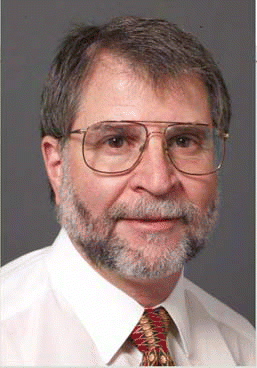CHICAGO-In this corner, cold tonsillectomy. And in the opposite corner, hot tonsillectomy. In the middle, some evidence-based data and lots of experience-based opinion supporting both techniques. While no one is going to be coming out swinging to settle this dispute, one would probably be hard pressed to find a more polarizing professional issue for otolaryngologists. Perhaps that is putting it a little dramatically, but the consensus regarding the best tonsillectomy technique is that there is no consensus.
Explore This Issue
August 2006I think intracapsular tonsillectomy is best done on small children with obstructive sleep-disordered breathing. – -Peter Koltai, MD
A distinguished panel of experts, with varying preferences when it comes to tonsillectomy technique, gathered to discuss the data and relate their experiences in a special session presented by the American Society of Pediatric Otolaryngology here at the Combined Otolaryngology Spring Meetings (COSM).
The related issues at the heart of the debate involve which technique is better when it comes to primary and secondary bleeding, operative time, postoperative morbidity (pain and infection), and risk of recurrence.
There are a lot of questions that need to be answered before we will be able to resolve some of the issues and determine the best technique to do tonsillectomy and adenoidectomy, said session moderator Brian Wiatrak, MD, of the Department of Otolaryngology at the Children’s Hospital of Alabama in Birmingham. There have been a lot of publications that, scientifically, may be lacking in terms of some of the statistical techniques that were used. I think there needs to be a careful examination of the publications that are sent to journals in terms of how much evidence is really there and how the statistical analysis is done.
Cold Steel
Unfortunately, some otolaryngologists think of cold steel tonsillectomy as crude and bloody but, like a marine in hand-to-hand combat, it’s fairly effective and really can be quite elegant, said Anna Messner, MD, Associate Professor of Otolaryngology and Pediatrics of the Lucile Salter Packard Children’s Hospital at Stanford University (Calif.). There are quite a few programs now where the residents actually never learn anything about cold technique.
Dr. Messner admits that the literature predominantly favors hot technique with regards to intraoperative blood loss, pointing to a 2003 review article that looked at six studies comparing primary hemorrhage of the two techniques.
In a study published more recently, they also found less blood loss with cautery. The one caveat with this study, though, is they did not use the same adenoidectomy technique, she said. In the cautery group, they used suction cautery adenoidectomy; in the cold group they used a curet, so that would tend to increase the cold blood loss a little bit more.

Leave a Reply